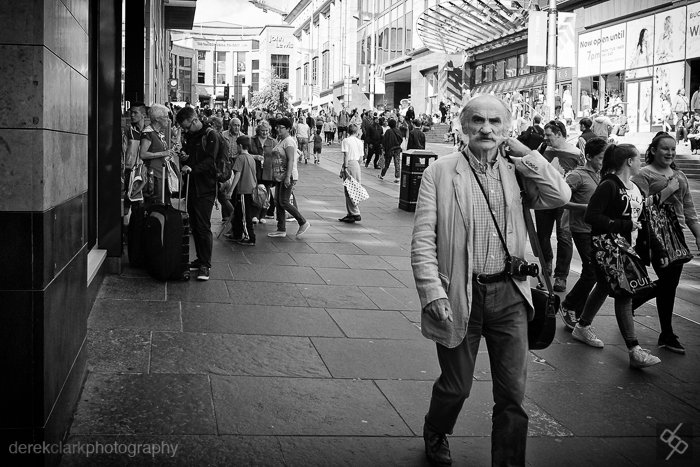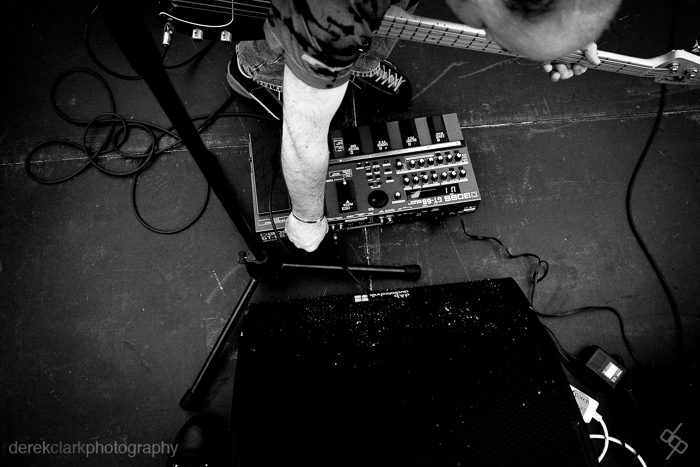DerekClarkPhotography.com-TripBaby01
At last, the Lensbaby system is finally available for Fuji X-Mount cameras. I've been holding off for a long time for this to happen, rather than buying a Nikon fit and Nikon adaptor. The only problem was that the combination of Composer Pro and Edge 80 optic that I wanted, didn't seam to be available. For some reason, the Sweet 35, Sweet 50, Circular Fisheye and Velvet 56 are available for X-Mount, but not the Edge 80. So I contacted Lensbaby direct and they offered to sent what I wanted as a special order. The price was what I would have expected to pay, but if you live in the UK and want to go down this route...BEWARE! UK Customs wear black masks and funny hats. They charged £92 import duty, which to me is not only excessive, it's blatant theft. But hey, welcome to (not so) Great Britain! Anyway, I digress.
If you haven't used, or even heard of Lensbaby, it's basically a creative lens system. Although they have a couple of stand alone (direct mount) lenses available, the most popular lens baby's consist of a lens barrel and various optics that can be swapped out. I opted for the Edge 80 as this has more of a tilt shift effect and due to it's 12 aperture blades, it also has the creamiest out of focus areas. One slight drawback, which can also be a plus too, is that on a Fuji's 1.5 crop sensor, the Edge 80 becomes a 120mm focal length (in full frame terms). I'm not used to this length on my Fuji's, so it's taking a bit of getting used to how far back from my subject I need to be.
As you can see from the image above, the Lenbaby Composer Pro is basically a ball and socket sort of thing with a locking ring next to the mount. This can be locked into place, left totally loose or anywhere in between. Next ring up is for focusing, which needs very very fine movements or you will get nothing but blur. The third ring up is for aperture (f2.8 to f22) and the final ring, although it doesn't turn and actually has the f stops marked on it, can be pulled out to take the Edge 80 into close focus mode (which is not that close at all). I've heard the words 'super sharp when used in the centre position'. Now maybe I'm spoiled by the amazing sharpness of the Fuji lenses, but I wouldn't say that the Edge 80 is the sharpest tool in the bag. But that's ok, because I don't think sharpness is what this thing is all about. It's about being creative and as Lensbaby says 'see in a new way'. And that's pretty much what it does, it allows you to look at ordinary everyday things and see them transformed into something unusual and fresh. It changes things up and forces you to look at things you might not otherwise look at, just to see what Lensbaby does to it.
A couple of things as far as setup goes on an X-Series camera. Look in the menu for 'Shoot Without Lens' and turn it on. The Lensbaby is completely manual and does not communicate with the camera in any way, so the camera will think there isn't a lens attached. The Lensbaby is a manual focus lens, so it won't matter if your camera is set to Auto Focus or Manual Focus, it will still only focus via the focus ring. But I would highly recommend setting the camera to Manual Focus as you will then be able to use Focus Check by pressing the wheel on The X-Pro1, E-E1/2 etc...or the Focus Check button on the X-T1. The X-T1 won't do this automatically like it does with other lenses, because once again, there are no electronics on the Composer Pro. You might find Focus Peeking will be a benefit too.
I didn't want to make this post too word heavy (too late for that), but just show some pictures from my first walk around with the edge 80. I'm looking forward to trying this out at my next shoot for Project Jazz. I'll also post some street photography shots using the Lensbaby over at 35mmStreet, but in the mean time I'll leave you with this one.




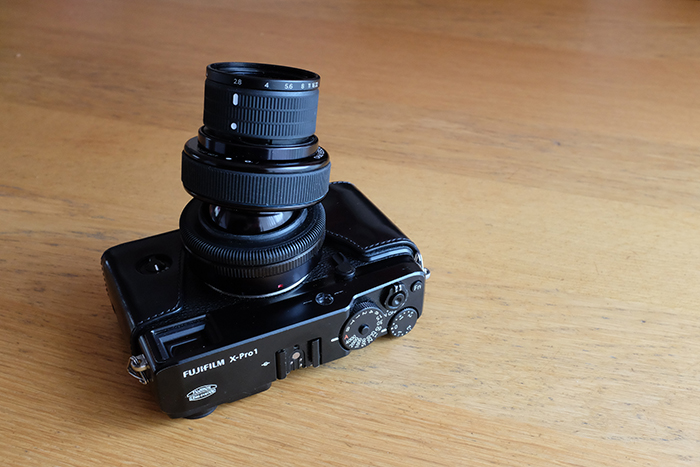





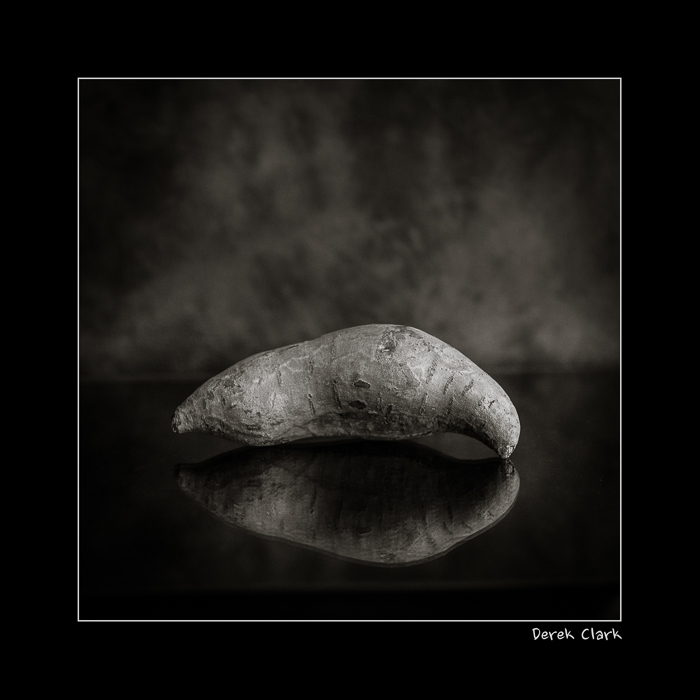

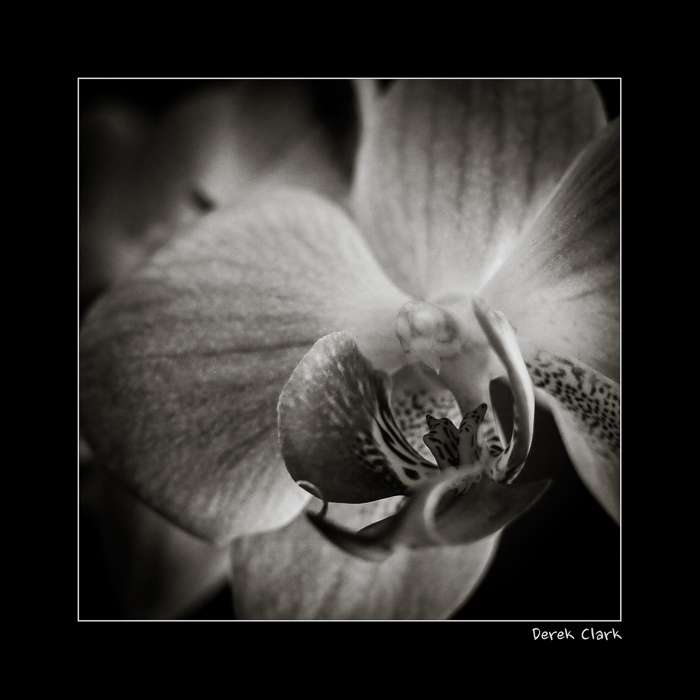
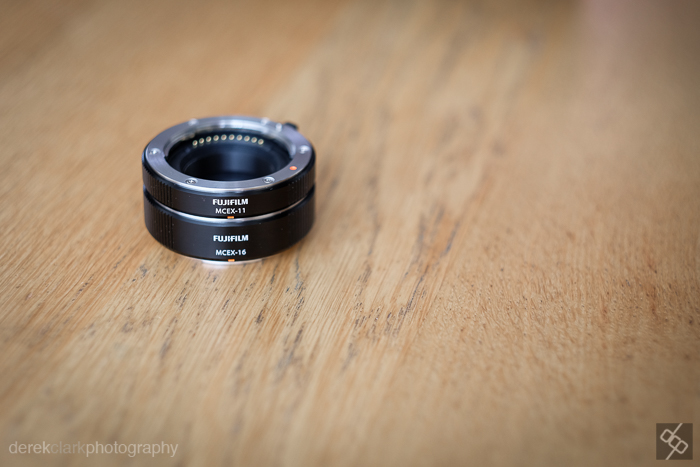


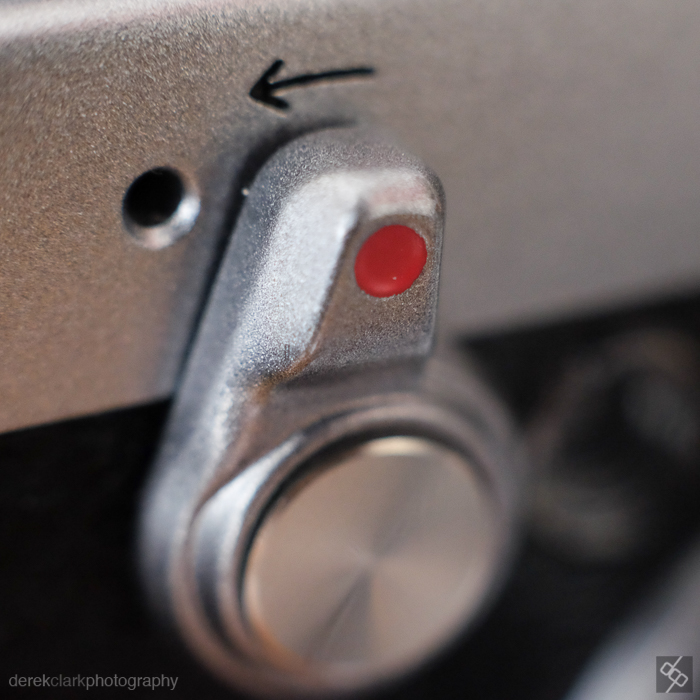
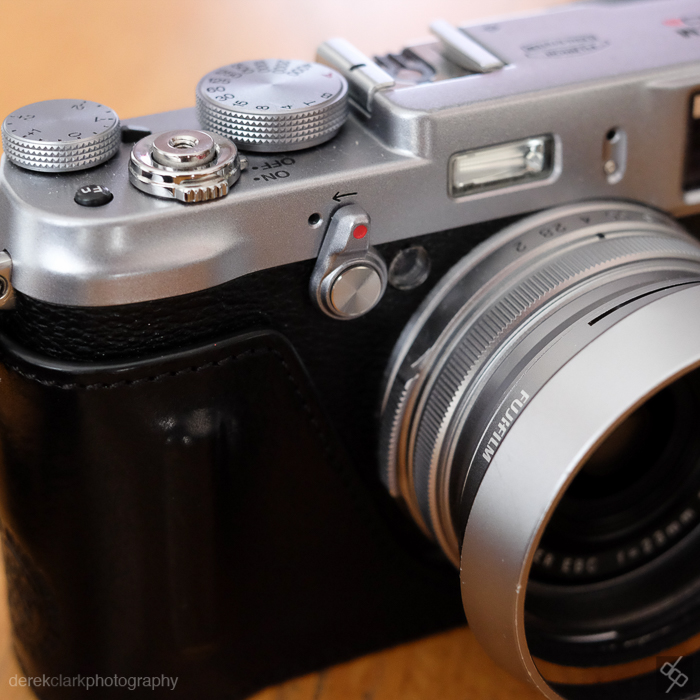


















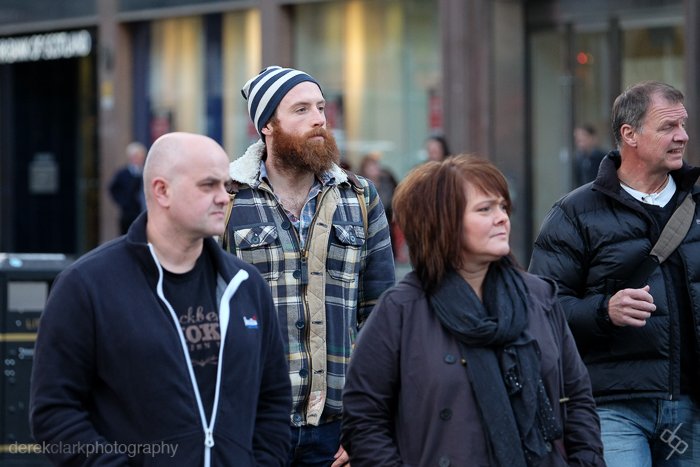
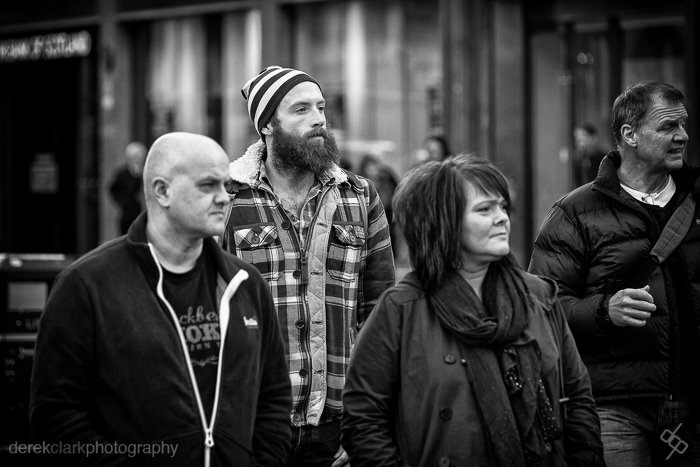


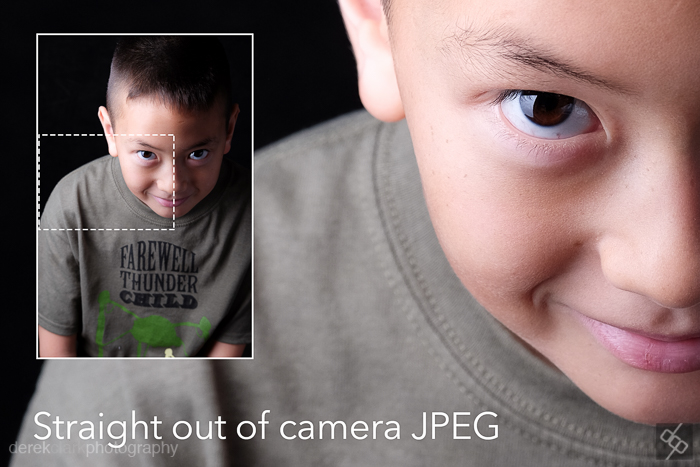
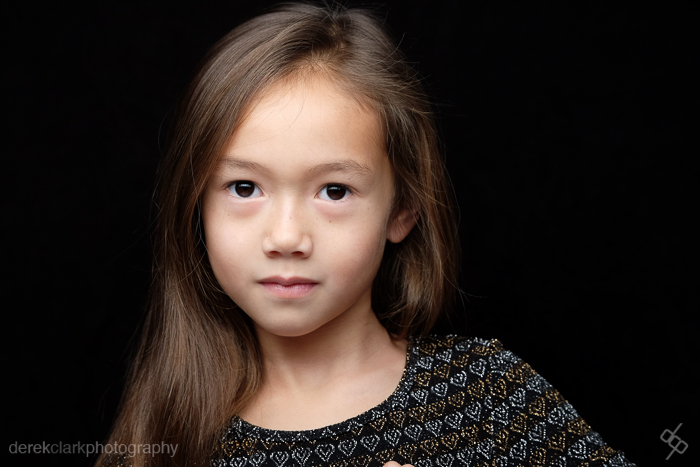
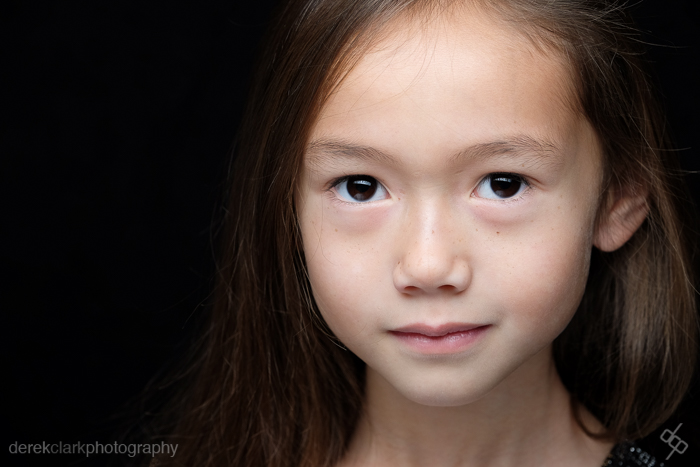
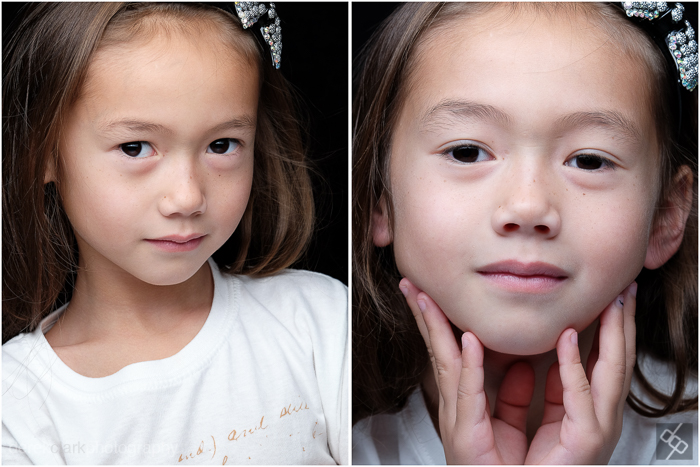

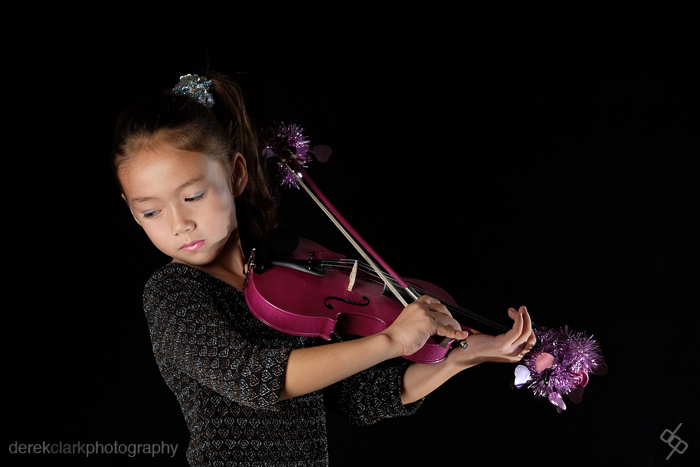
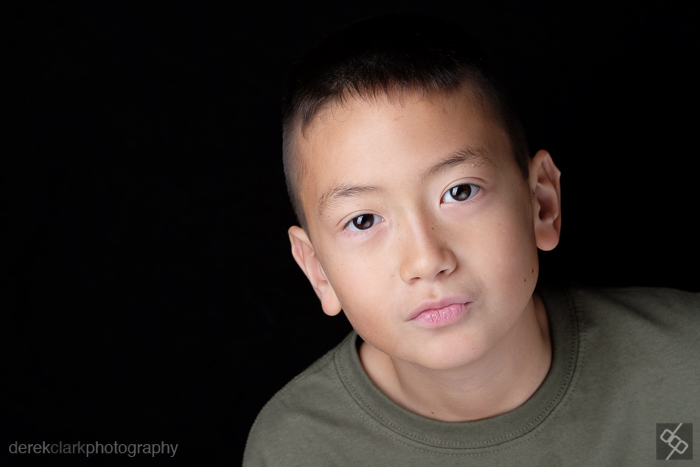

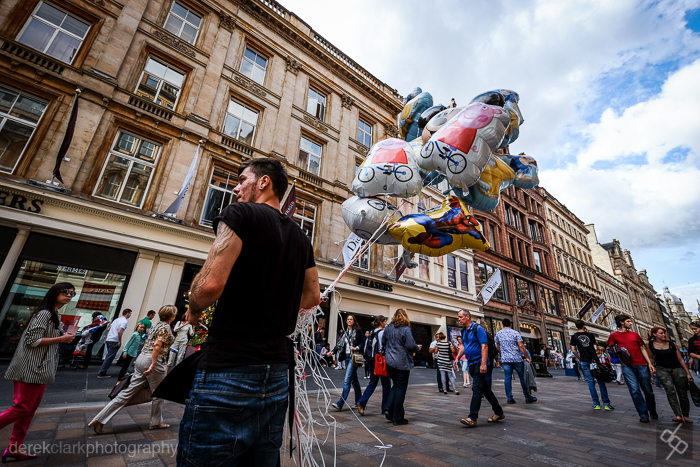









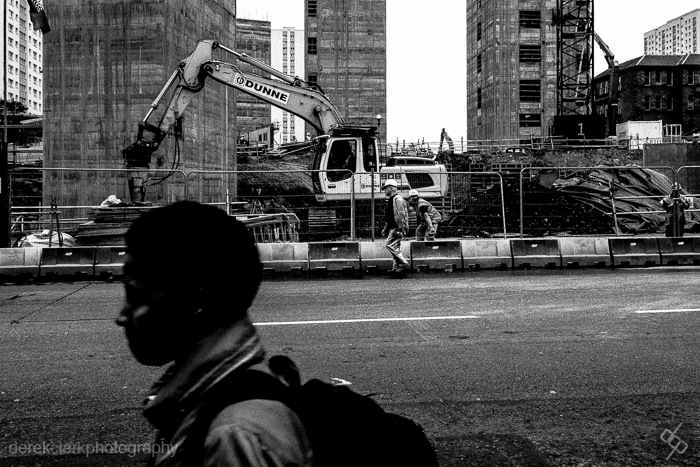
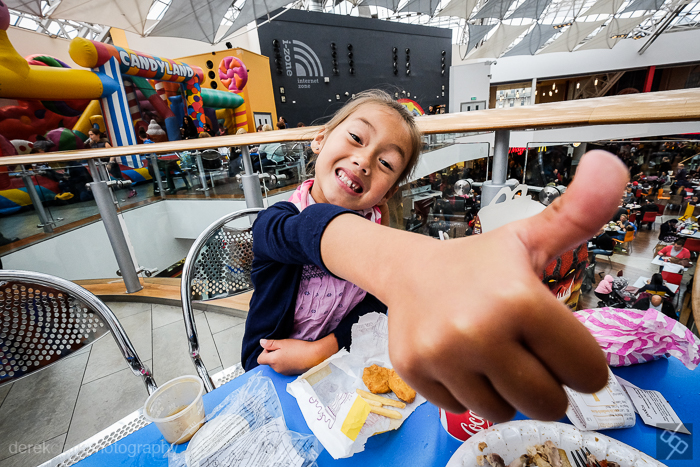
 I'm very happy to announce that Fujifilm has invited me to be an official X-Photographer. I've known about this for some time now, but kept it hush hush until I was added to
I'm very happy to announce that Fujifilm has invited me to be an official X-Photographer. I've known about this for some time now, but kept it hush hush until I was added to


